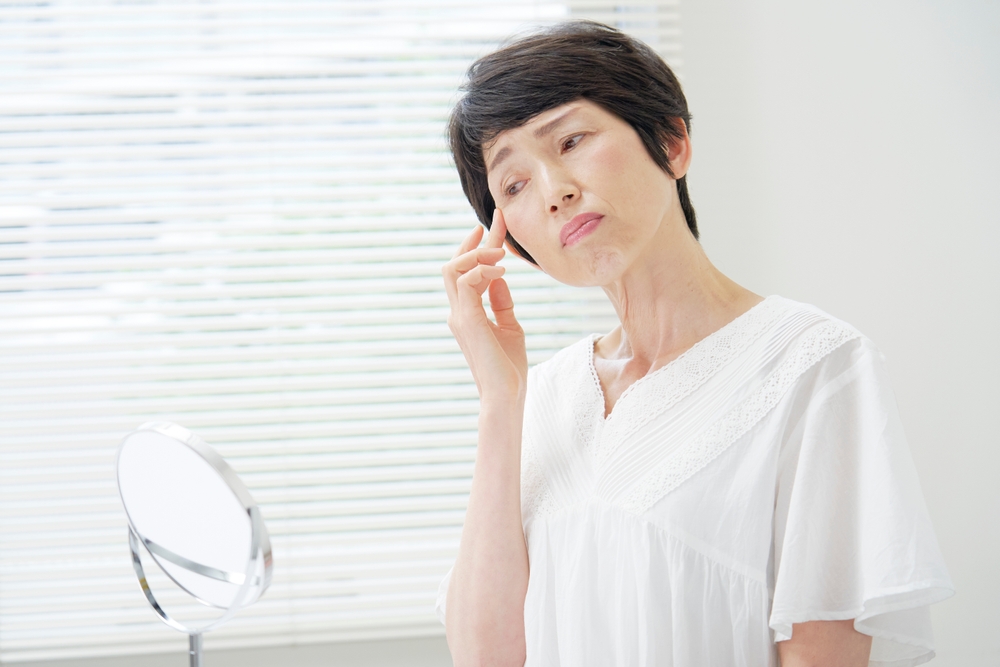
Millions of individuals worldwide suffer from the common eye condition known as age-related macular degeneration (AMD). In developed nations, it is the leading cause of vision loss in adults over 50.
The condition affects the macula, the central part of the retina responsible for central vision. It makes it difficult for individuals to perform everyday activities like driving, reading, and recognizing faces.
Symptoms
Usually, AMD affects both eyes, but the signs and symptoms can vary from one eye to the other. The early stages may not show any symptoms. But as the condition progresses, the following symptoms may be evident:
- Blurred or distorted vision.
- Difficulty seeing in low-light conditions.
- A blind spot in the central vision.
- Colors may appear less vibrant or faded.
- Straight lines may appear wavy or distorted.
- Difficulty recognizing faces.
You must immediately consult a doctor if you have any of these symptoms. Early detection and treatment can stop the disease's progression and catastrophic eyesight loss.
Risk Factors
Age-related macular degeneration's exact cause is uncertain. Nonetheless, some risk factors raise the possibility of getting the illness. These include:
Age
AMD is more common in people over the age of 50. AMD is more common in adults over 65, and the chance of developing the condition rises with age.
Genetics
An increased risk of acquiring AMD exists in people with a family history of it. Researchers have identified several genes that enhance the risk of AMD.
Smoking
Smoking cigarettes or exposure to secondhand smoke increases the risk of AMD. According to studies, smokers have a two to three times higher risk of developing AMD than nonsmokers.
Obesity
There is a correlation between AMD risk and obesity. A person's risk of acquiring AMD increases if their body mass index (BMI) is 30 or above.
Cardiovascular Disease
AMD risk factors include high blood pressure, high cholesterol, and other cardiovascular conditions. According to research, AMD is more likely to occur in people with a history of cardiovascular disease.
Sun Exposure
Prolonged exposure to sunlight without protection may increase the risk of AMD. The sunlight's ultraviolet (UV) rays can harm the retina and raise the possibility of getting AMD.
Treatments
Age-related macular degeneration currently does not have a cure. However, there are therapies that delay the disease's progression and enhance vision. These include the following:
Anti-VEGF Injections
This treatment involves the injection of medication into the eye to slow the growth of abnormal blood vessels that cause wet AMD.
Photodynamic Therapy
This treatment involves the injection of a medication activated by a laser to eliminate abnormal blood vessels in the eye. It is not for all patients and only works for some kinds of AMD.
Laser Therapy
This treatment involves the use of a laser to destroy abnormal blood vessels in the eye. It is not for all patients and works best for treating tiny areas with abnormal blood vessels.
Low Vision Aids
These are devices that help individuals with AMD perform everyday tasks. These tools include telescoping glasses, pocket magnifiers, and magnifying glasses.
Lifestyle Changes
Specific lifestyle changes can help slow the progression of AMD and improve vision. These include:
- Eating veggies and fruits.
- Giving up smoking or avoiding exposure to secondhand smoke.
- Keeping a healthy weight and doing regular exercise.
- Donning sunglasses and a hat to shield your eyes from the sun.
Conclusion
If you experience any AMD symptoms, getting medical help as soon as possible is critical. Consult an eye doctor or a low-vision specialist to determine the treatment options that suit you.
For more on AMD, visit Limestone Eye Care at our Lawrence, Kansas, office. Call (785) 268-6880 to schedule an appointment today.










